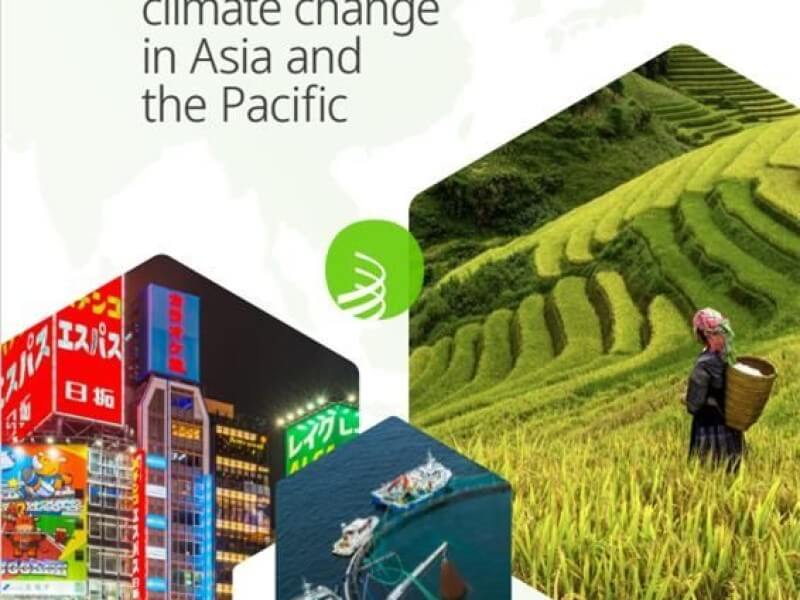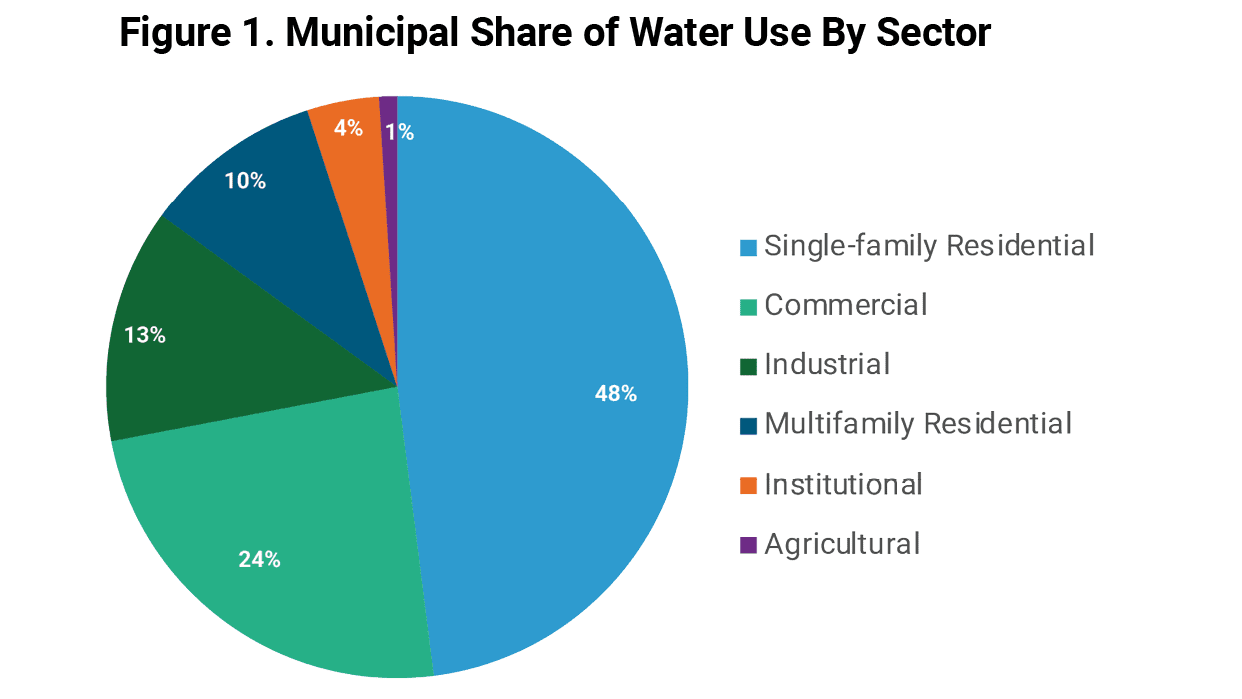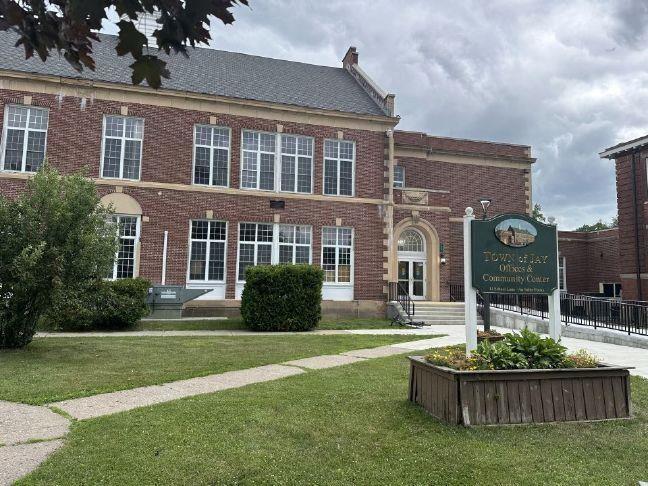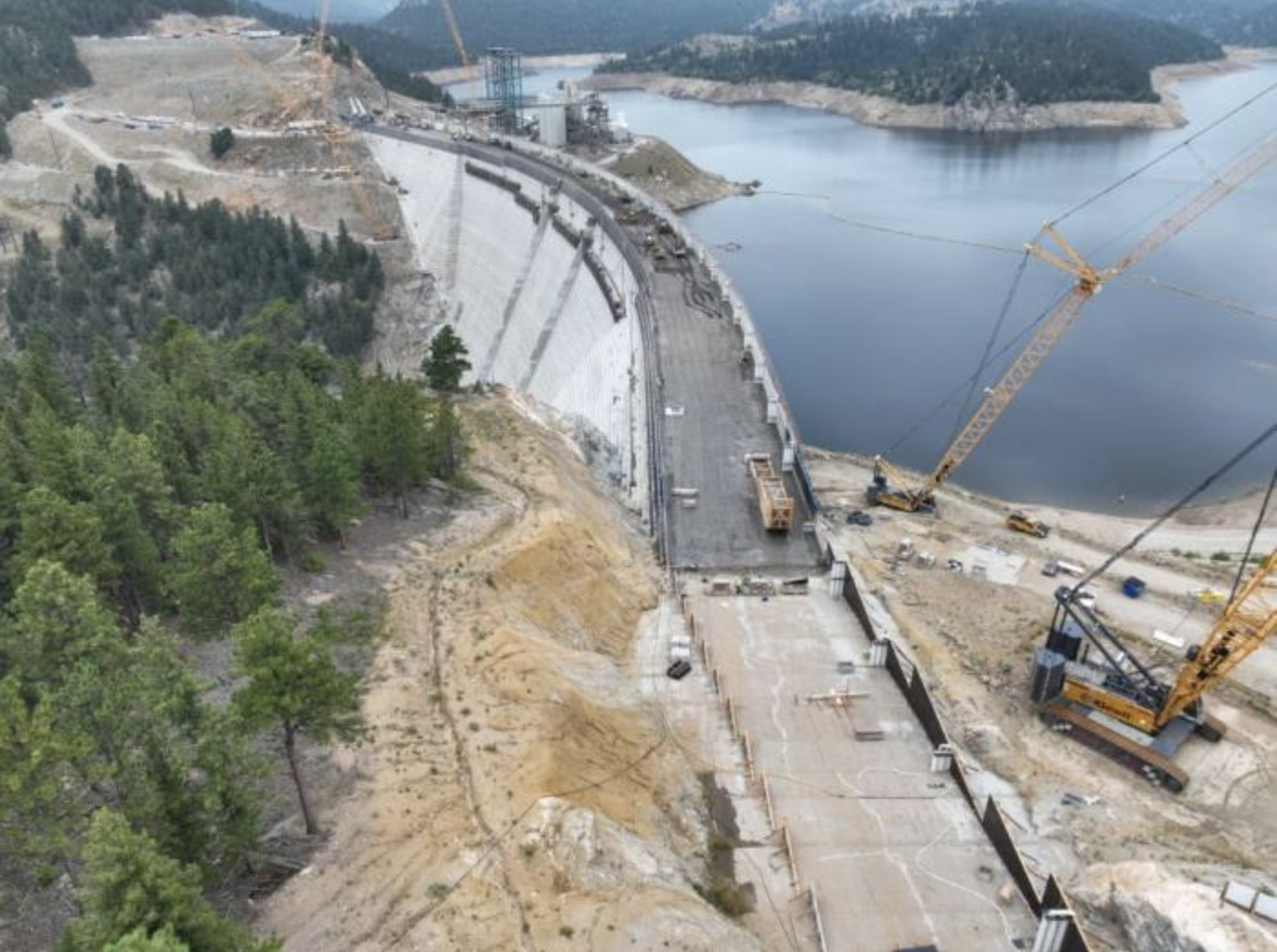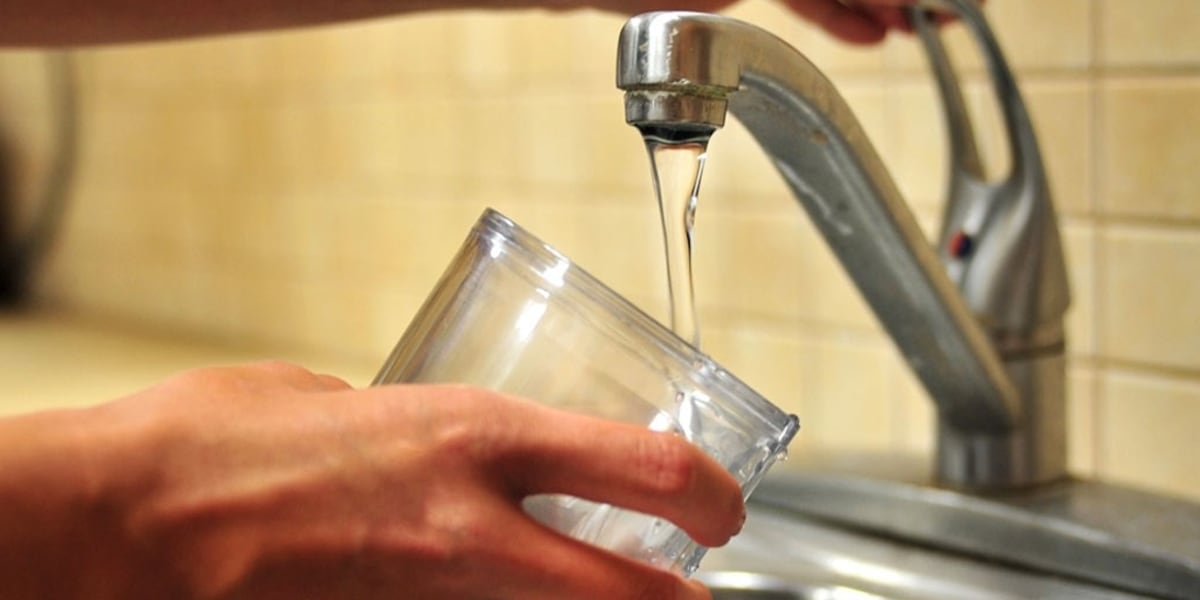Report on Manila Water Infratech Solutions’ i-TECH STP and its Contribution to Sustainable Development Goals
Introduction: UN Recognition of a Key Sustainable Technology
Manila Water Infratech Solutions’ (MWIS) i-TECH Packaged Sewage Treatment Plant (STP) has received international recognition by being featured in the United Nations World Intellectual Property Organization (WIPO) Green Technology Book – EXPO 2025 Special Edition. This inclusion highlights the technology’s significant role in advancing sustainable urban solutions in the Asia-Pacific region, directly aligning with several key Sustainable Development Goals (SDGs).
Technological Profile and Alignment with SDGs
The i-TECH Packaged STP is an advanced wastewater treatment solution that leverages membrane bioreactor (MBR) technology. Its design and operational features provide a direct response to global sustainability challenges.
- Advanced Water Purification: The MBR process effectively removes a high level of contaminants, including bacteria and viruses, contributing to SDG 6 (Clean Water and Sanitation) by ensuring access to safe water.
- Energy Efficiency: The system is engineered for energy-efficient aeration, a critical and energy-intensive part of wastewater treatment. This supports SDG 7 (Affordable and Clean Energy) and SDG 13 (Climate Action) by reducing the carbon footprint of water infrastructure.
- Compact and Modular Design: Its small footprint makes it ideal for dense urban environments, addressing the infrastructure challenges outlined in SDG 11 (Sustainable Cities and Communities).
- Promotion of a Circular Economy: The plant produces high-quality treated water suitable for reuse in irrigation and industrial processes. This practice of water recycling is central to SDG 12 (Responsible Consumption and Production).
- Sustainable Waste Management: The technology generates reduced sludge, lowering disposal costs and environmental impact, further reinforcing the principles of SDG 12.
Core Contributions to the Global Goals
The deployment and recognition of the i-TECH STP represent a tangible advancement in achieving specific SDG targets through innovative infrastructure.
- SDG 6: Clean Water and Sanitation: The primary function of the STP is to treat wastewater, improving water quality and supporting safe water reuse, which is fundamental to achieving universal access to clean water and sanitation.
- SDG 9: Industry, Innovation, and Infrastructure: As a smart, scalable, and sustainable water innovation, the i-TECH STP exemplifies the type of resilient and modern infrastructure needed to foster sustainable industrialization and innovation.
- SDG 11: Sustainable Cities and Communities: By providing a decentralized and space-efficient solution for wastewater management, the technology helps make cities and human settlements more inclusive, safe, resilient, and sustainable.
Conclusion: A Benchmark for Sustainable Water Management
The inclusion of MWIS’s i-TECH STP in the WIPO Green Technology Book establishes it as a regional benchmark for smart water management. It underscores the critical role of intellectual property and technological innovation in accelerating climate action and achieving the Sustainable Development Goals. As a digital resource, the publication provides policymakers and innovators with a clear view of how technology can drive the future of sustainable energy and water systems, particularly within the critical Asia-Pacific region.
Analysis of Sustainable Development Goals (SDGs) in the Article
1. Which SDGs are addressed or connected to the issues highlighted in the article?
-
SDG 6: Clean Water and Sanitation
- The article’s central theme is a new wastewater treatment solution, the i-TECH Packaged Sewage Treatment Plant (STP). This directly addresses the core mission of SDG 6, which is to ensure the availability and sustainable management of water and sanitation for all. The technology’s function is to treat sewage and improve water quality.
-
SDG 9: Industry, Innovation and Infrastructure
- The article highlights the STP as an “innovative energy and sustainability technology” and a “green technology.” It emphasizes its “advanced membrane bioreactor (MBR) technology” and “sustainable design.” This aligns with SDG 9’s goal to build resilient infrastructure, promote inclusive and sustainable industrialization, and foster innovation.
-
SDG 11: Sustainable Cities and Communities
- The technology is presented as a “Green Urban Energy Solution.” The article explicitly states that its “compact modular design makes it ideal for urban environments with limited space.” This connects to SDG 11, which aims to make cities and human settlements inclusive, safe, resilient, and sustainable by providing solutions for urban challenges like waste management.
-
SDG 13: Climate Action
- The article mentions that the UN WIPO Green Technology Book, where the STP is featured, emphasizes “innovation and intellectual property as catalysts for climate action.” The STP’s “energy-efficient aeration” system contributes to reducing the energy consumption and carbon footprint of wastewater treatment, thereby supporting climate change mitigation efforts.
2. What specific targets under those SDGs can be identified based on the article’s content?
-
Target 6.3: Improve water quality by reducing pollution and increasing wastewater treatment.
- The article directly addresses this target by describing the i-TECH Packaged STP as a “new wastewater treatment solution” that “removes a higher level of contaminants, including bacteria and viruses.” Its purpose is to treat sewage, thus reducing water pollution.
-
Target 6.4: Substantially increase water-use efficiency and ensure sustainable withdrawals.
- The article states that the MBR system “produces treated water suitable for reuse in irrigation and industrial applications, promoting circular water use.” This practice of water recycling and reuse is a key strategy for increasing water-use efficiency.
-
Target 9.4: Upgrade infrastructure and retrofit industries to make them sustainable.
- This target is addressed through the promotion of the STP as a “green technology” and a “sustainable design.” The article highlights its “energy-efficient” nature and “reduced sludge generation,” which are characteristics of clean and environmentally sound technologies aimed at making industrial and municipal processes more sustainable.
-
Target 11.6: Reduce the adverse per capita environmental impact of cities, including waste management.
- The STP is a direct solution for managing municipal wastewater, which is a significant environmental challenge in urban areas. By providing an effective and compact solution for cities, it helps reduce their environmental footprint, directly contributing to this target.
3. Are there any indicators mentioned or implied in the article that can be used to measure progress towards the identified targets?
-
Implied Indicator for Target 6.3 (Proportion of wastewater safely treated):
- The article’s focus on a “Packaged Sewage Treatment Plant” implies the measurement of progress through the deployment and operational capacity of such facilities. The technology’s existence and promotion directly relate to increasing the proportion of wastewater that is treated before discharge.
-
Implied Indicator for Target 6.4 (Change in water-use efficiency):
- The mention of “treated water suitable for reuse” and “promoting circular water use” implies a metric related to the volume or percentage of water being recycled. An increase in the adoption of such technologies would lead to a measurable improvement in water-use efficiency across industrial and agricultural sectors.
-
Implied Indicator for Target 9.4 (Energy efficiency and CO2 emissions):
- The article explicitly points to the STP’s “energy-efficient aeration.” This suggests that a key performance indicator for this technology is its energy consumption per unit of water treated. Lower energy use directly correlates with reduced CO2 emissions (Indicator 9.4.1: CO2 emission per unit of value added) from the water management sector.
-
Implied Indicator for Target 11.6 (Management of municipal waste):
- The article’s description of the STP as a solution for urban wastewater management and its feature of “reduced sludge generation” implies indicators related to the effectiveness of municipal waste management. Progress could be measured by the percentage of urban wastewater managed in controlled facilities and the reduction in secondary waste (sludge) requiring disposal.
Summary Table of SDGs, Targets, and Indicators
| SDGs | Targets | Indicators (as identified or implied in the article) |
|---|---|---|
| SDG 6: Clean Water and Sanitation | Target 6.3: By 2030, improve water quality by reducing pollution… halving the proportion of untreated wastewater and substantially increasing recycling and safe reuse globally. | The proportion of wastewater safely treated, measured by the adoption of technologies like the STP. |
| SDG 6: Clean Water and Sanitation | Target 6.4: By 2030, substantially increase water-use efficiency across all sectors… | The volume of treated water reused for irrigation and industrial applications, promoting “circular water use.” |
| SDG 9: Industry, Innovation and Infrastructure | Target 9.4: By 2030, upgrade infrastructure and retrofit industries to make them sustainable, with… greater adoption of clean and environmentally sound technologies… | The energy efficiency of the wastewater treatment process (“energy-efficient aeration”) and reduced sludge generation. |
| SDG 11: Sustainable Cities and Communities | Target 11.6: By 2030, reduce the adverse per capita environmental impact of cities, including by paying special attention to… municipal and other waste management. | The effective management of urban wastewater through compact, space-saving solutions ideal for cities. |
| SDG 13: Climate Action | Target 13.2: Integrate climate change measures into national policies, strategies and planning. | The adoption of energy-efficient technologies as a practical measure for climate action in the water sector. |
Source: insiderph.com

